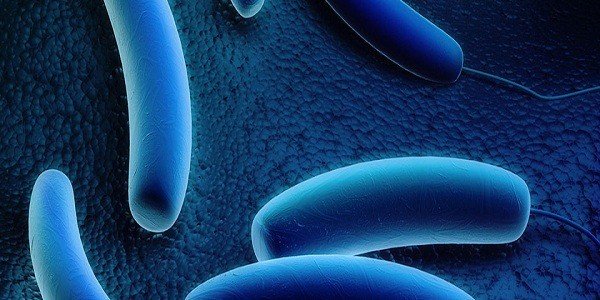Legionellosis

Description
Legionellosis or Legionnaires’ disease is an acute bacterial infection that is caused by bacteria called Legionella pneumophila.
The bacteria got their name in 1976, when during a meeting of war veterans in Philadelphia, many of them fell ill with pneumonia. Although the disease existed before 1976, now it is diagnosed much more often and with every pneumonia, doctors do tests for the presence of Legionella pneumophila.
A person can get the disease at any time of the year, but most cases are usually found in the summer and early fall. Although Legionnaires’ disease can be very serious, most cases can to be treated successfully.
Legionella pneumophila bacteria can also cause a milder flu-like illness, known as Pontiac fever.
What are the causes?
People usually become infected when they inhale mist or vapor – water aerosols containing bacteria. you breathe in the steam from the spa hot tub that has not been properly cleaned and disinfected.
Other sources of contamination are fountains, water features in public pools, hotels, cruise ships, nursing homes and hospitals. In general, any water facility that operates at a temperature between 25 and 50 degrees Celsius and is able to generate water aerosols is a potential source of infection with Legionella pneumophila.
This disease is not contagious and the bacteria that cause it cannot be passed from one person to another and cause illness. Those who recover do not become immune to the bacteria and after being cured, they can get sick again upon re-exposure.
Legionnaires disease usually affects people over the age of 45, especially if they smoke or have chronic lung disease such as asthma. People with a weakened immune system are more likely to get sick.
Although giving the disease a name is associated with the illness of a large group of people, Legionaires disease occurs most often in isolated cases.
What are the symptoms?
The most common symptoms are:
• Cough;
• Chills;
• High temperature;
Less common clinical manifestations range from muscle pain, headache to abdominal pain, shortness of breath, and chest pain. Illness symptoms appear 2 days to 2 weeks after a person has been exposed to the bacteria. As the symptoms vary from very mild to very severe.
Treatment of legionellosis
In most cases, the disease can be treated with antibiotics. Treatment lasts at least 5 days. The high temperature decreases or normalizes in the first few days. It takes longer for the cough to subside. But you should start to feel better within the first few days of treatment. Full recovery may take 2 to 4 months.
What to do if you think you have been exposed to the bacteria?
Most people who have been exposed to Legionella pneumophila do not get sick, but if you think you have have been exposed, consult your doctor. You should be able to tell them where you think you may have been exposed, and if you have traveled in the last 2 weeks. This information will help to make the correct diagnosis and to find the source of the bacteria and prevent other people from getting sick. Also if you get pneumonia 2 weeks after staying at a hotel, you should be tested for Legionella pneumophila.



